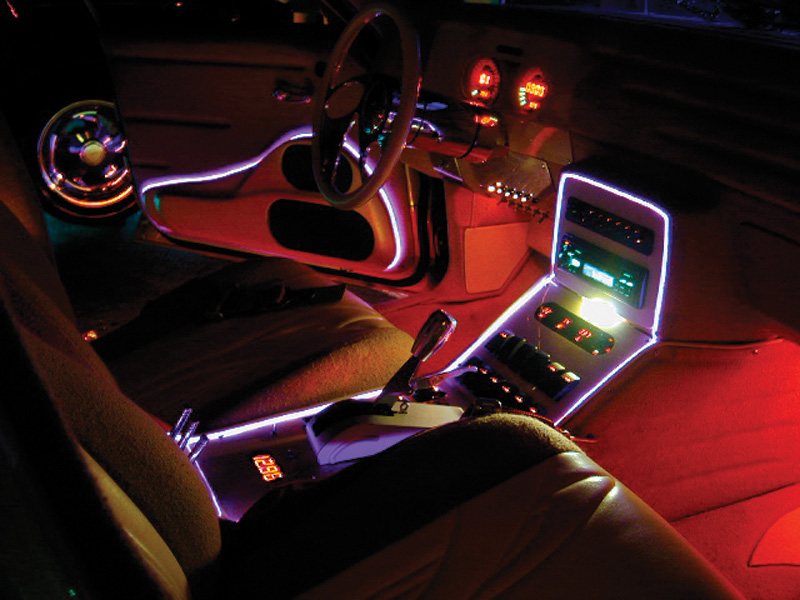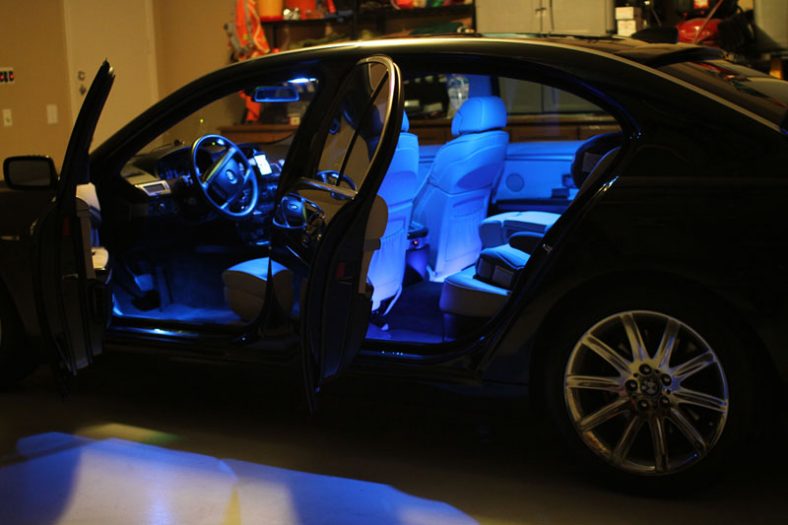Innovations and Breakthroughs
Common place technology of today was once a major breakthrough. Small changes led to great innovations. This is what we observe with car LED lights. Car lights are an important part of the car but even everyday users rarely know how LED usage in cars evolved from simple acetylene lamps. The complex LED lamps of today are also a subject of study on how to make them better.

A Brief History of Headlamps
The history of headlamps spans the advancement of technology from acetylene to LED. In the 1880’s acetylene headlamps were introduced for the first time. They cost a lot and so were soon replaced by electric headlamps. The first electric headlamps had a number of issues and Cadillac introduced the first modern headlamps in 1912. They could be used even in rainy and snowy conditions.
Halogen was first used in 1962 in Europe. Soon Xenon came into vogue first used in America by the 1996 Lincoln Mark VIII. This was followed by the latest technology – LED.
The Modern Day Headlamp
In the modern day, three major types of headlamps are used – the halogen headlamp, xenon headlamp and LED headlamp. There are advantages and disadvantages to each of these. Let’s examine these headlamps
- Halogen Headlamps
These have a very long life and a low replacement cost. This is what makes these lights the most popular type of headlamp. However this headlamp isn’t the most efficient out there and that is why fewer and fewer manufacturers are using this nowadays.
- Xenon Headlamps
These are a more efficient option for cars than halogen. The light has a slight blue tint. It appeared commercially in the BMW 7 series in the early nineties. The benefit of this light is greater efficiency and longer lifetime than halogen lights. In addition it provides better visibility. On the flip side it causes too much glare and hence affects the visibility of incoming traffic.
Xenon costs a lot and it is possible that some of the materials used in this type of headlamp are harmful.
The evolution of the automotive industry took it to the LED lamp. Theoretically LED is the best solution for mass produced cars. Practically there are some problems that come with it. One advantage of LED headlamps is that they do not need much power to operate. They emit light but not heat unlike halogen lights. At the bottom of the emitter they create some heat creating a risk for connectivity cables and adjacent assemblies.
As a result, more than headlights, automakers are using LED for turn signals, daytime running lights and brake lamps. LED lights are small and so a lot of manipulation can be done – creating shapes to match their models perfectly.
The Nature and Advantages of LED
So the advantages of LED are small size and low energy consumption. The disadvantages are high costs, low amount of generated power and high temperatures around adjacent assemblies.
However that’s not all the benefit LED provides. Apart from the fact that they use just 15% of the energy of halogen lights their compact size makes them ideal for many vehicles. They start at full brightness –no backup lighting is necessary. This makes them ideal for flashing, signalling and automotive lights. They do not fade in and out nor do they flicker.
Safety First
Since LED lights are cool to touch they are safer. Importantly these lights are environmentally friendly. No harmful UV rays are used here. They use very less CO2. In addition LED lights are highly durable.
Conclusion
This article has studied the history of automotive lights in brief and the advantages and disadvantages of the three major kinds of automotive lights used today. We may say that of the three LED lights have the most advantages and are the future of automotive lighting. LED light used in home improvement as well, for further information, click here.

